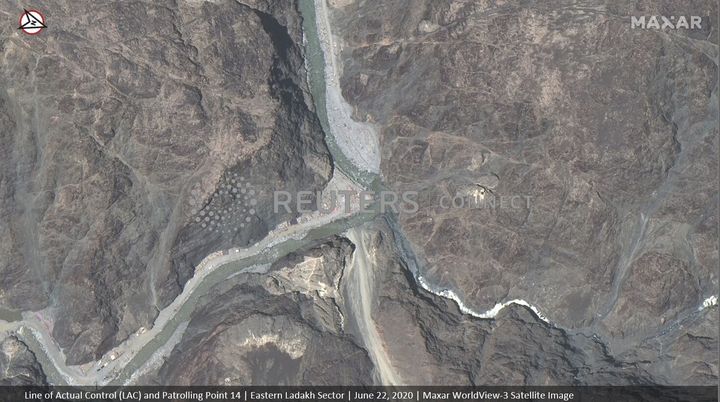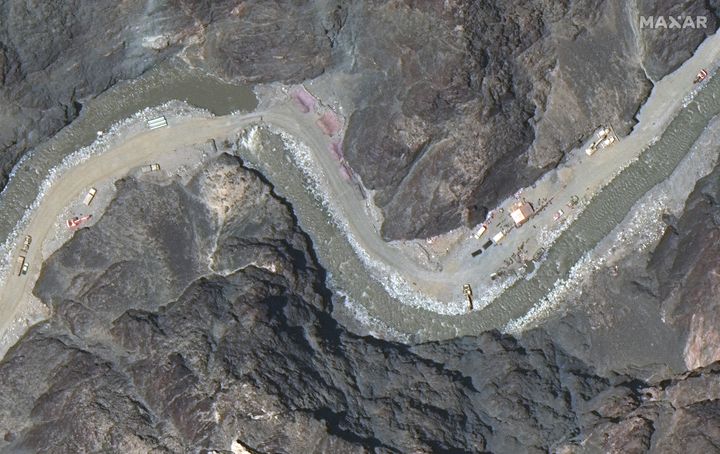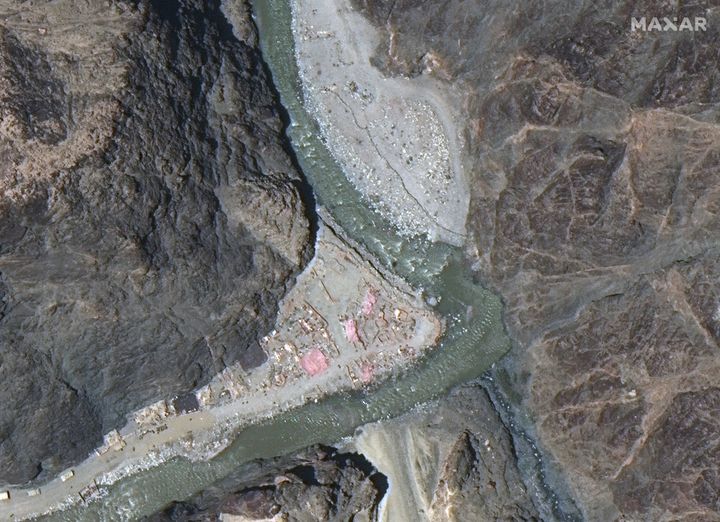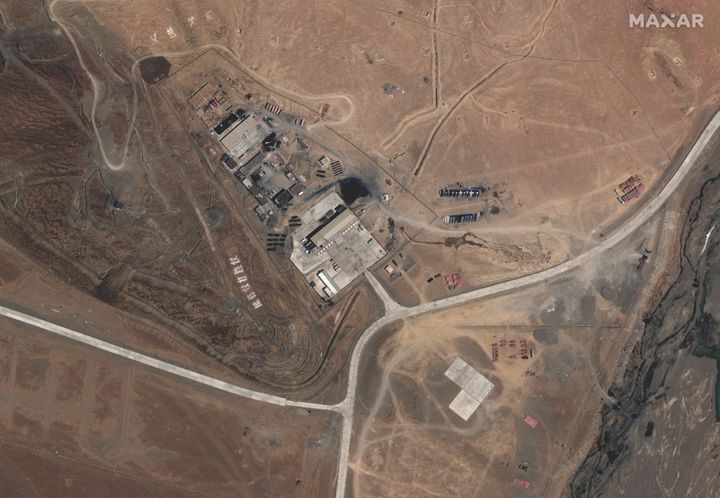New satellite imagery provided by U.S. space technology company Maxar Technologies shows road construction, Chinese military resources and general views of Galwan area in Ladakh that was the site of deadly clashes between Indian and Chinese soldiers last week in which 20 Indian soldiers were killed.
Some of the images show the Galwan Valley and Line of Actual Control on Monday (June 22), while others are from May 22, before the confrontation.



Maxar said some of the June images show “earth moving equipment” on a road near the patrol point where the clash took place, but did not identify which country the equipment belonged to.
Major General Ramesh Padhi (retd.) told NDTV there were clear signs of an incursion around Patrol Point 14. He had retired as Additional Surveyor General of India.
“These appear to be defensive formations by the Chinese on our side of the Line of Actual Control... The images show a clear movement of heavy vehicles which indicates that they have an intention to stay deployed in the area,” he told the news channel.
Lt General (retd) AL Chavan told The Indian Express that China appeared to have developed a proper defensive position. “The hillside, which is to the southern side, has also got some defensive positions,” he told the daily.
Chavan has served as Division Commander of the 3rd Infantry Division, responsible for eastern Ladakh.
He told the Express that “as per the agreements, which we have in force since 1996, they are not supposed to be developing these defences where there is a difference in perception. Such a construction clearly violates the agreements”.


On Tuesday (June 23), Indian and Chinese military commanders agreed to step back from the confrontation over the stretch of border, government officials in New Delhi and Beijing said.
During the clash in the Galwan Valley on June 15, soldiers from both sides beat each other with rocks and wooden sticks embedded with nails. But both sides have observed a long-held protocol to avoid using firearms on the sensitive, high altitude frontier.
The deadliest border clash in more than half a century between the two countries had stunned India, and fuelled calls for a boycott of goods from China, its second biggest trading partner.
(Photo Production: Yi Shu Ng, Angela Johnston, Inputs from Reuters)